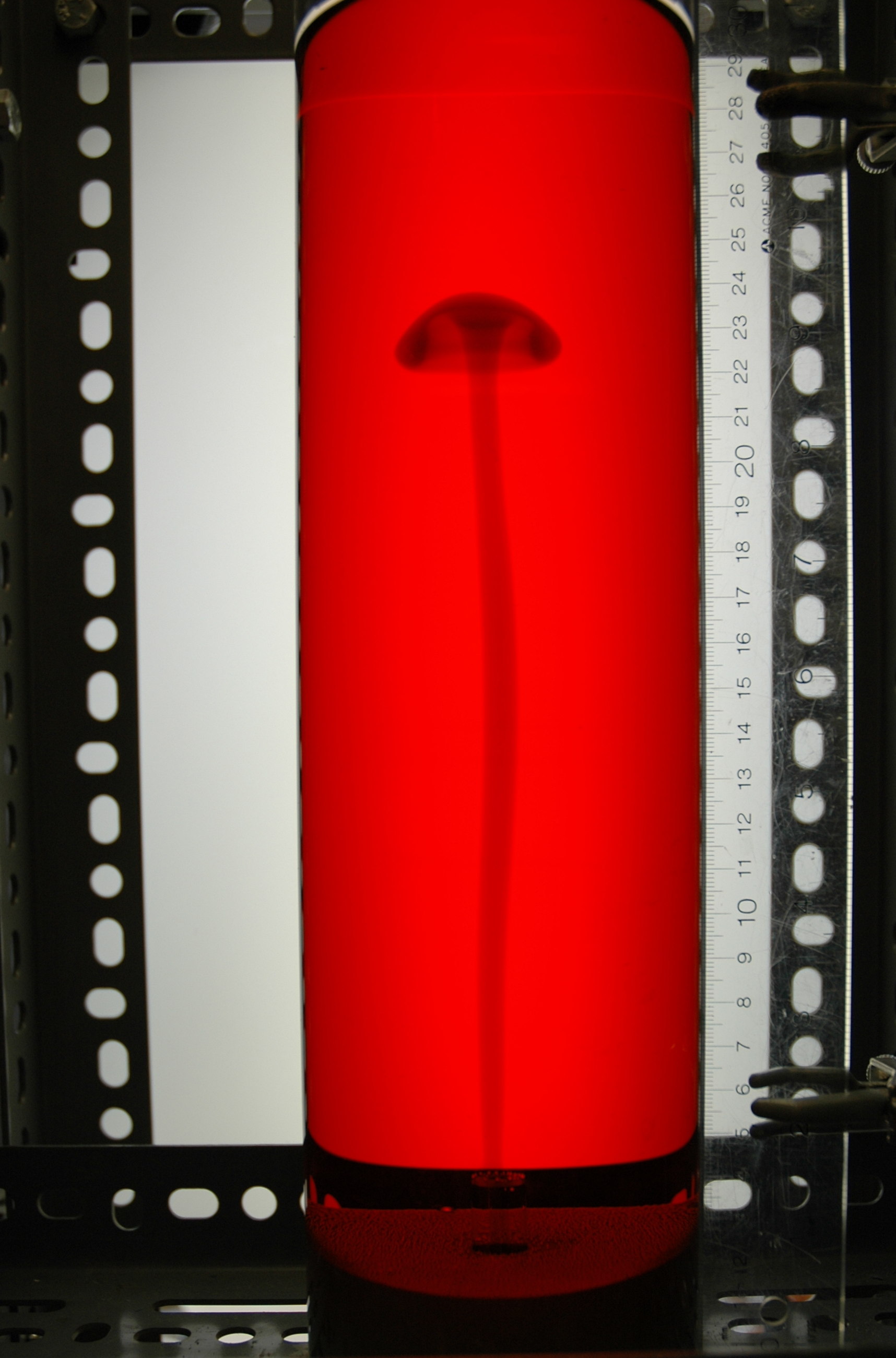
Buoyant plumes with inertial
and chemical reaction-driven forcing
Ph.D. thesis, Unpublished, Jan. 2010.
Michael C. Rogers
Department of Physics, University of Toronto,
60 St. George St., Toronto, Ontario, Canada M5S 1A7.
